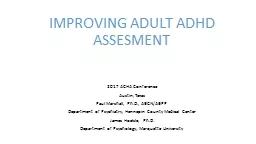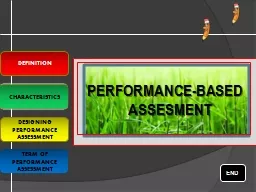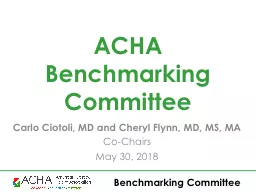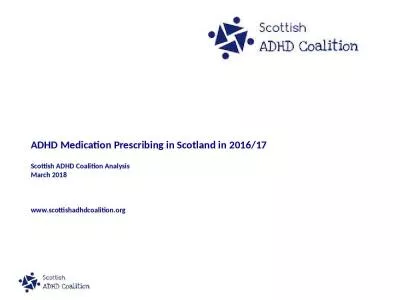PPT-IMPROVING ADULT ADHD ASSESMENT 2017 ACHA Conference Austin, Texas
Author : olivia-moreira | Published Date : 2019-11-02
IMPROVING ADULT ADHD ASSESMENT 2017 ACHA Conference Austin Texas Paul Marshall PhD ABCNABPP Department of Psychiatry Hennepin County Medical Center James Hoelzle
Presentation Embed Code
Download Presentation
Download Presentation The PPT/PDF document "IMPROVING ADULT ADHD ASSESMENT 2017 ACH..." is the property of its rightful owner. Permission is granted to download and print the materials on this website for personal, non-commercial use only, and to display it on your personal computer provided you do not modify the materials and that you retain all copyright notices contained in the materials. By downloading content from our website, you accept the terms of this agreement.
IMPROVING ADULT ADHD ASSESMENT 2017 ACHA Conference Austin, Texas: Transcript
Download Rules Of Document
"IMPROVING ADULT ADHD ASSESMENT 2017 ACHA Conference Austin, Texas"The content belongs to its owner. You may download and print it for personal use, without modification, and keep all copyright notices. By downloading, you agree to these terms.
Related Documents














